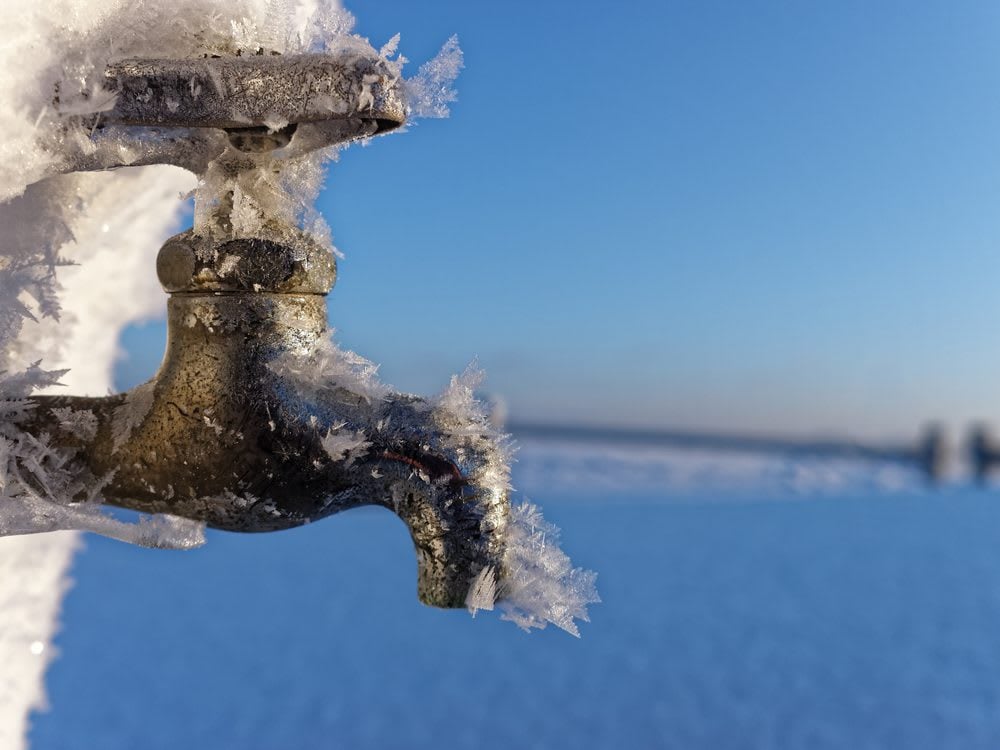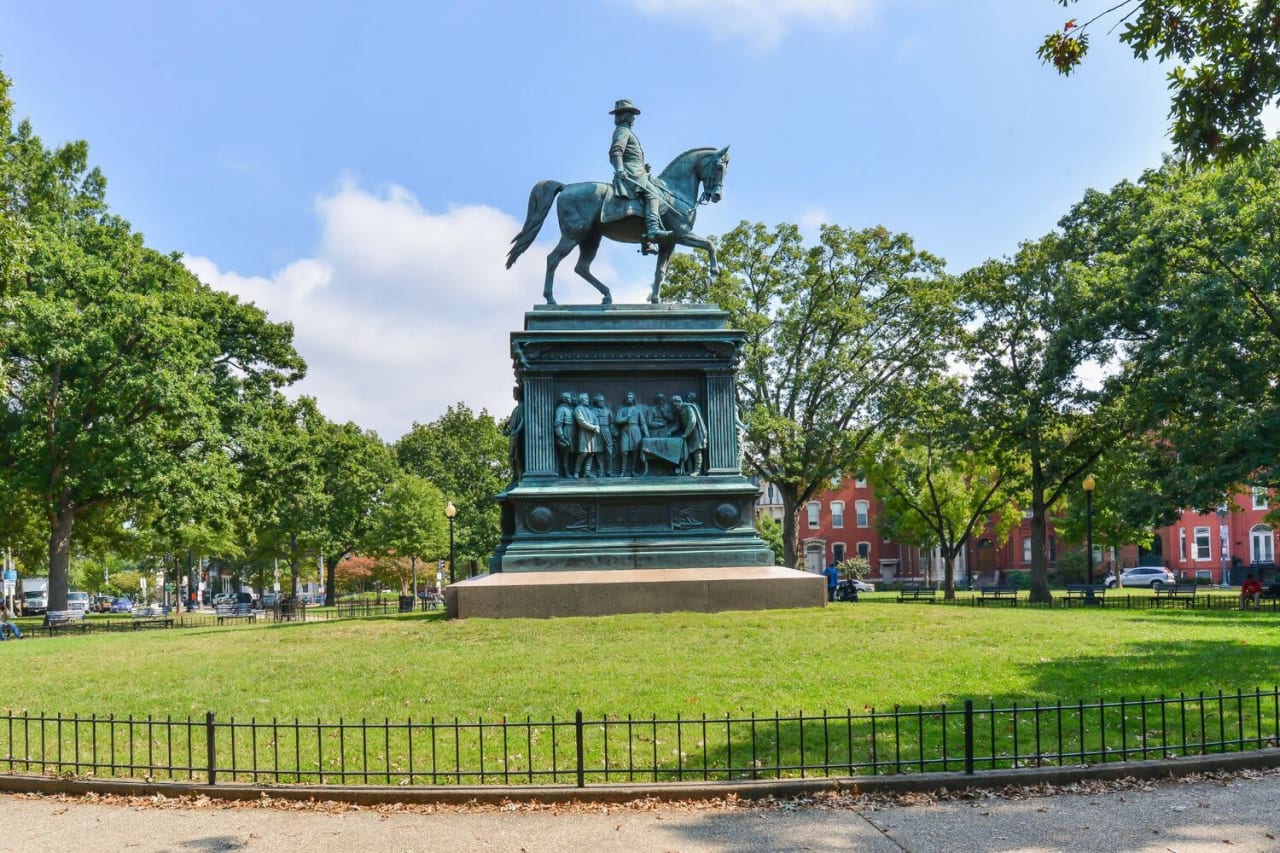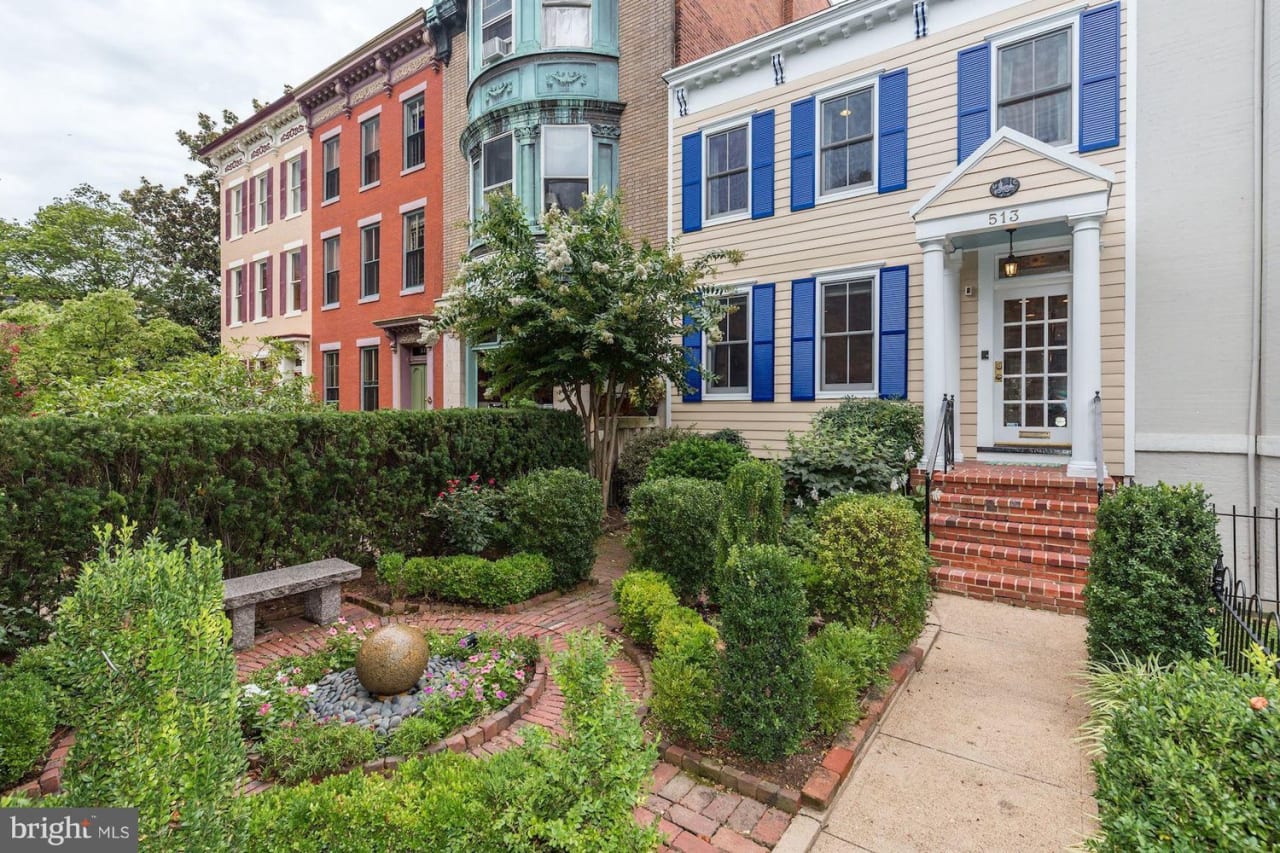- Remove the garden hose from the faucet. By taking this proactive step before freezing weather arrives, you’ll be ahead of the game and can avoid having to run outside to stow the hose in the middle of an ice storm.
- Shut off the upstream water supply valve feeding the outdoor faucet. Typically, you will find this valve several feet from the outside wall. Turn the handle to the valve in a clockwise motion until it stops. If it has a lever handle, turn the lever until it is perpendicular to the pipe.
- Drain any residual water from the faucet and pipe. This will ensure there isn’t any water left behind after shutting off the valve that could freeze and expand. If water continues to trickle out, even after you’ve shut off the upstream valve, replace the leaky valve.
- Install an outdoor faucet protector. A foam faucet cover offers an additional layer of protection to freeze-proof your faucet and pipes. You can find an inexpensive cover from hardware stores or online. Make sure the cover is securely in place over the faucet.
- Insulate the pipe leading up to the faucet. Purchase foam insulation to cover any exposed plumbing connected to the outdoor faucet.
- Install a freeze-proof faucet. If you’d rather not go through the hassle of properly winterizing your outdoor faucet and pipes each year, you can install a freeze-proof or frost-free faucet. Designed to function in freezing temperatures, a frost-free faucet will enable you to continue using the faucet year-round.









